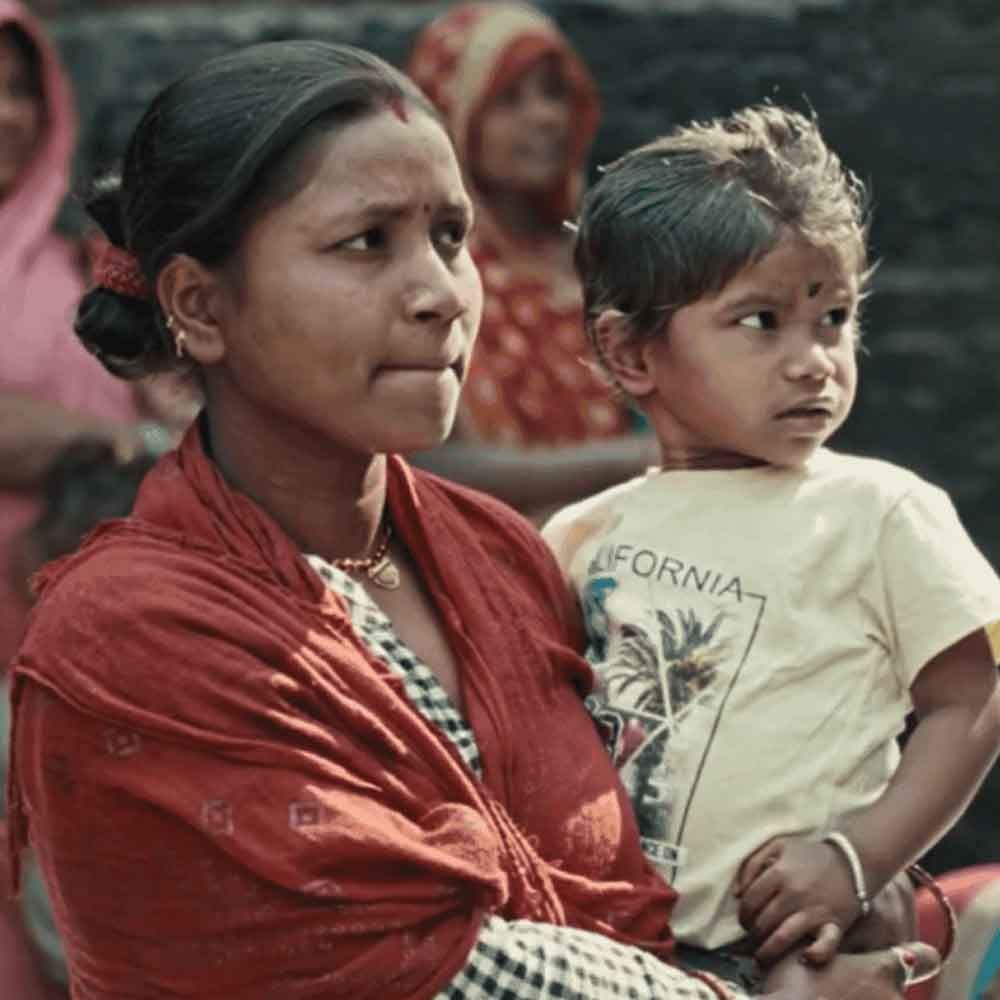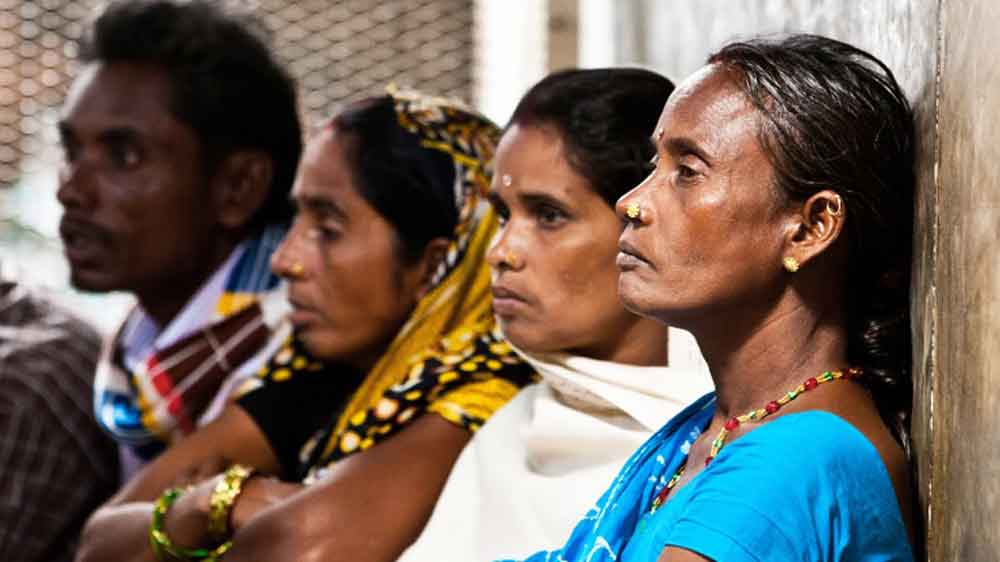According to a study conducted by the Indian Council of Medical Research (ICMR) in collaboration with the Tata Memorial Centre, the number of cancer cases in India is rising, with both men and women showing concerning trends. The survey states that oral and lung cancers are more common in men whereas breast and cervical cancers are the most common cancers in Indian women. In 43 cancer registries, the study examined more than two lakh cancer-related fatalities and more than seven lakh cases. Experts stress that early detection, particularly for breast and cervical cancers, can save lives through screening and awareness.

The study examined cancer cases in India, observing regional and gender-based variations in prevalence. According to the report, India's cancer incidence continues to grow, with an estimated 15.6 lakh new cases in 2024, up from 14.9 lakh in 2023. In order to reduce the increasing burden, these findings highlight the critical need for focused preventative and intervention initiatives.
Signs To Look Out For
• Mid-pelvic pain, irregular discharge, and vaginal bleeding are signs of cervical cancer.
• Breast cancer symptoms include breast lumps, breast size or form changes, nipple discharge, thickening of the skin around the breast or armpit, nipple inversion, and abnormal weight loss or exhaustion.
Prevention And Early Detection Measures
• HPV vaccination protects against most incidences of cervical cancer.
• Mammograms for breast cancer and pap smears for cervical cancer are examples of routine screening.
• Perform a self-examination by checking your breasts every month to look for changes or lumps.
• A healthy lifestyle includes frequent exercise, a balanced diet, and minimal alcohol and tobacco use.
• There should be access to affordable and reasonable screening programs, especially in remote regions.

As per the ICMR report, states and regions have different types of cancer prevalence. While breast and mouth cancer cases are more prevalent in urban locations like Bengaluru, Hyderabad, and Delhi, esophageal and stomach cancers are more common in northeastern India. Cervical cancer is still a major problem in rural regions since screening and medical facilities are not easily accessible. Implementing successful cancer prevention and treatment programs requires an understanding of these regional variations.

In order to tackle the rising cancer burden in India, the ICMR report emphasises the critical need for awareness, prevention, and prompt intervention. Early detection by immunisation, screening, and self-examination can save thousands of lives annually, as breast and cervical cancers are the most common diseases among women. In order to lower cancer mortality and guarantee better health outcomes for Indian women, targeted regional policies, public education, and enhanced healthcare infrastructure are essential. To successfully address the growing number of cancer cases, government-sponsored programs and ongoing research are still essential.
Image source: Behanbox, Binaytara, Gumlet